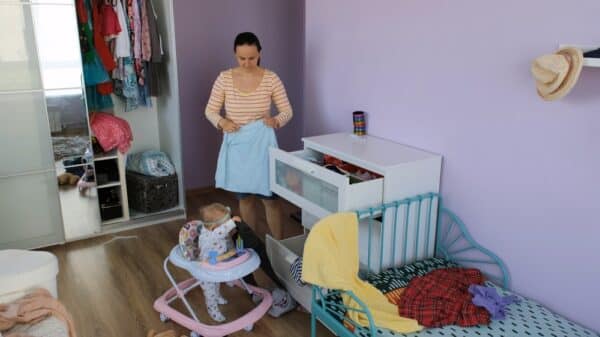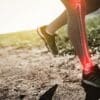You may have noticed them popping up more and more in your feed—women wearing weighted vests while doing everyday activities like walking, cleaning, or heading to the gym. It might seem like just another fitness trend fueled by flashy reels and TikToks, but there’s more to these vests than just social media buzz.
So, what’s really behind the hype?
Weighted vests are essentially wearable resistance tools. They can boost the intensity of your workout by adding extra weight to your body, but their true value depends on how and when you use them.
“Weighted vests can be incredibly effective when used with clear goals in mind,” says Dr. Mark Kovacs, a performance physiologist and the former VP of Health & Performance at Canyon Ranch. “They’re especially useful for women who want to support bone health, posture, metabolism, and overall strength. But like any tool, they work best when integrated thoughtfully.”
Do They Actually Help Burn More Calories?
You might have seen claims that weighted vests can dramatically increase your calorie burn. The truth is more nuanced. Dr. Kovacs notes that wearing a vest while walking can increase energy use by around 8 to 12 percent. That’s not insignificant, but it’s also not magic. A single walk in your vest won’t replace consistent movement and healthy habits. Think of it as a small boost—helpful, but not a shortcut.
Can They Improve Posture and Core Strength?
Yes, to an extent. The extra load naturally encourages a more upright posture and forces your core to stay engaged—especially during activities like squats, step-ups, or walking stairs. According to Kovacs, the vest can increase your awareness of how you’re moving, which helps with balance and stability. Just make sure to pay attention to your form and how your body feels.
Supporting Bone Density—An Overlooked Benefit
One of the most promising uses of weighted vests, especially for women, is their potential to support bone health. As estrogen levels drop with age, bone density becomes a greater concern. “Wearing a vest during activities like walking or bodyweight exercises places a mild load on the spine and hips, which can help stimulate bone growth,” says Kovacs.
That kind of impact-free resistance can be particularly beneficial for postmenopausal women, and studies support its positive effects on bone mineral density when used consistently in weight-bearing routines.
Are There Risks?
As with any fitness tool, they’re not right for everyone. People with joint pain or lower back issues should consult a healthcare provider before trying a vest. Misuse—especially jumping into high-impact workouts too soon or choosing a vest that’s too heavy—can lead to discomfort or injury.
Start small: 4 to 10% of your body weight is a good starting point. And make sure the vest fits properly. If it feels too tight or restricts your breathing, it can create new problems, particularly for postpartum women or anyone with pelvic sensitivity.
How to Use Them Effectively
Instead of relying on them for every workout, consider using a vest during moderate-intensity, low-impact movements. Incline walking, bodyweight squats, or lunges are great places to start. Pair weighted sessions with recovery work to keep your joints and muscles happy.
“For women in midlife and beyond, these vests can be a strategic part of improving metabolic health and musculoskeletal resilience,” says Kovacs.
So while they might look trendy online, weighted vests have some real-world benefits—as long as you use them wisely. Like most things in fitness, it’s less about the gear and more about how you integrate it into your lifestyle.
Image Source: Unsplash



































